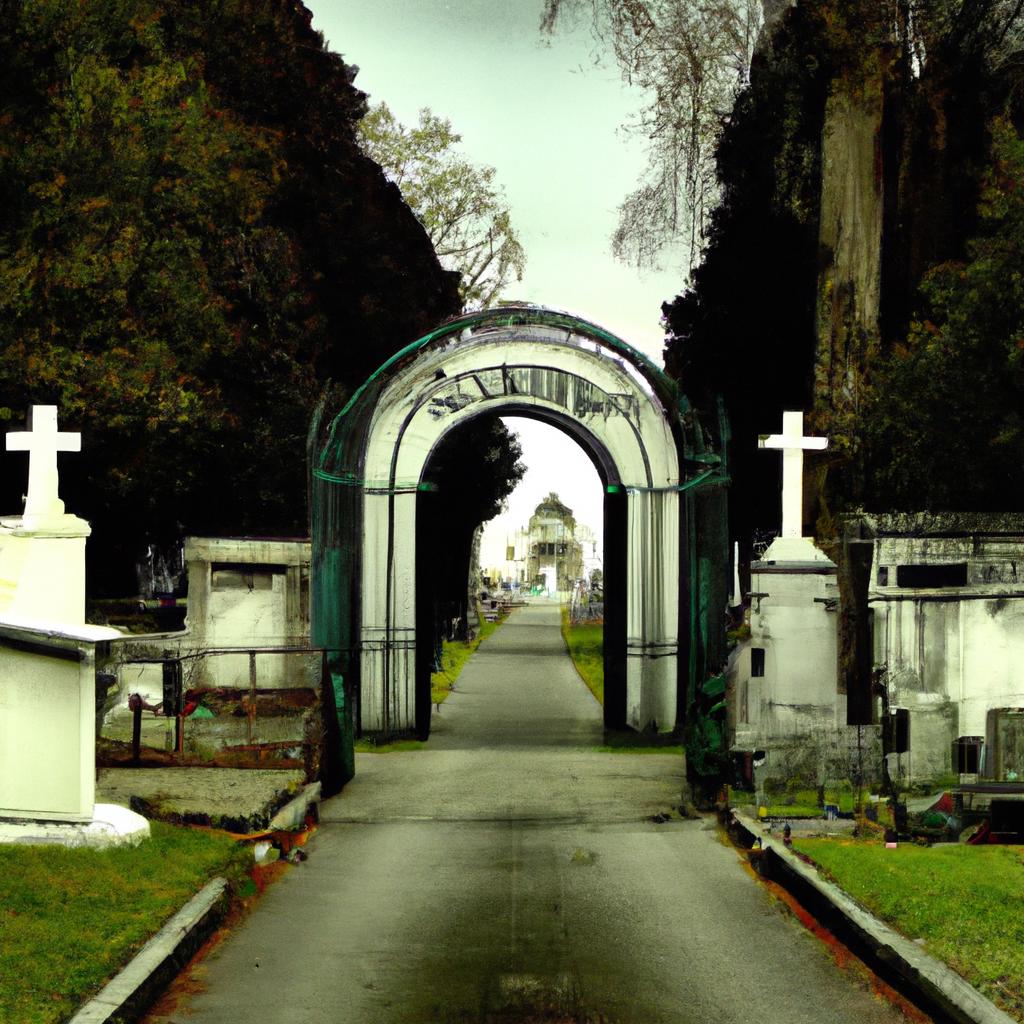St. Roch Cemetery stands as a historical landmark in New Orleans, Louisiana, offering a window into the city’s vibrant past. This unique cemetery not only showcases the rich cultural heritage and architecture of the region but also serves as the final resting place for many prominent individuals and families. Let’s delve into the captivating history and architectural splendor that make St. Roch Cemetery a must-visit destination.
History of St. Roch Cemetery
Established in 1875, St. Roch Cemetery emerged in response to the devastating Yellow Fever epidemic that swept through New Orleans in the late 19th century. As the city grappled with the need for more burial space, St. Roch Cemetery was conceived. Named after Saint Roch, the patron saint of travelers, who was believed to have protected people from the Yellow Fever epidemic, the cemetery holds historical significance for the city.
Over the years, St. Roch Cemetery has borne witness to numerous historical events, becoming the final resting place for many notable individuals, including musicians, politicians, and community leaders. But it is not just the notable interments that make this cemetery special; it also reflects the unique cultural heritage of New Orleans. Its above-ground tombs and mausoleums are testaments to the city’s French and Spanish influences.
Architecture and Design of St. Roch Cemetery
The architecture and design of St. Roch Cemetery are nothing short of captivating. Its above-ground tombs and mausoleums, crafted from marble, granite, and brick, stand as a testament to the city’s cultural heritage. Many of these structures are adorned with exquisite sculptures and carvings, adding a touch of elegance to the cemetery’s landscape.
At the heart of St. Roch Cemetery lies the stunning Chapel of St. Roch. Designed by architect Albert Diettel and completed in 1876, this Gothic Revival masterpiece is a sight to behold. Its intricate details and majestic presence make it an essential stop for anyone exploring the cemetery.
Another notable feature is the “Campo Santo,” a serene area reserved for the burial of priests and nuns. Adorned with beautiful sculptures, this sacred space invites reflection and prayer.
Apart from these highlights, St. Roch Cemetery boasts several other landmarks that illuminate its beauty. The “Weeping Angel,” a sculpture of an angel shedding tears, captivates visitors, who believe in its healing powers. Additionally, the “Blessing Box,” a small metal container holding holy water, offers a chance for visitors to seek blessings and healing.
With its beautiful wrought-iron fences separating the tombs and mausoleums, the cemetery’s architecture exemplifies the city’s distinctive style, making it a must-see for anyone venturing to New Orleans.
Burials and Famous Interments
Over the years, St. Roch Cemetery has become the final resting place for many prominent individuals and families. The cemetery’s unique burial practices, with above-ground tombs and mausoleums prevailing, provide a distinct cultural experience. Designed to withstand New Orleans’ humid climate, these structures often feature beautiful sculptures and carvings.
One notable individual buried here is jazz musician Danny Barker, a prominent figure in the New Orleans jazz scene and a member of the “Onward Brass Band.” His mausoleum, adorned with musical notes and instruments, stands as a tribute to his musical legacy.
Another remarkable interment in St. Roch Cemetery is that of A.P. Tureaud, a politician and civil rights activist who played a pivotal role in desegregating Louisiana’s public schools. His above-ground tomb serves as a testament to his enduring legacy.
St. Roch Cemetery beckons visitors to explore New Orleans’ unique cultural heritage through its notable interments and architectural marvels, making it an unforgettable experience.
Controversies and Issues Surrounding St. Roch Cemetery
Like many historical landmarks, St. Roch Cemetery has not been immune to controversies and issues throughout its existence. Maintenance of the cemetery poses a significant challenge due to its age and size, necessitating ongoing efforts and substantial costs. Concerns have arisen over the condition of some tombs and mausoleums, with instances of disrepair.
Vandalism has also plagued the cemetery over the years, with tombs and mausoleums suffering damage and defacement. Calls for increased security and surveillance have emerged to protect the cemetery’s sanctity.
Efforts are underway to address these challenges. The Archdiocese of New Orleans, responsible for overseeing the cemetery, has initiated restoration and maintenance programs for the tombs and mausoleums. Security measures have also been heightened to safeguard visitors and preserve the cemetery’s integrity.
Conclusion
St. Roch Cemetery holds a special place in the heart of New Orleans, showcasing the city’s rich cultural heritage through its remarkable architecture and notable interments. Despite the challenges it has faced, the cemetery remains a beautiful and peaceful haven for reflection and remembrance.
Its significance cannot be overstated, serving as a testament to the resilience of the people of New Orleans and their remarkable history. As a brand that embraces nature, gardening, and animals, TooLacks encourages both visitors and locals to explore St. Roch Cemetery and immerse themselves in the cultural tapestry of New Orleans.



